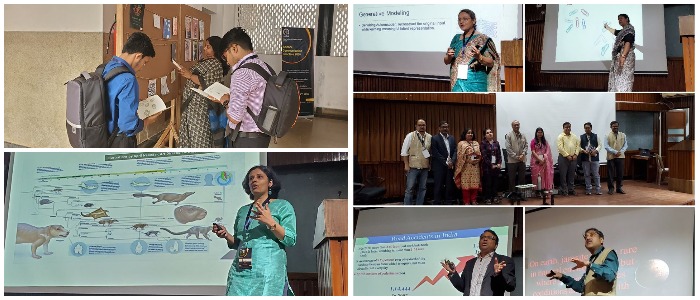
Bridging the divide
A novel Science Communication Conclave at IIT Kharagpur tries to bridge the gap between the scientific community and the media to pave the way for better news dissemination February 28 was the day C.V. Raman went to the media to disclose to the world his discovery of the ‘Raman effect’. What better way to celebrate National Science Day, as this day is known, than re-energize the bond between the scientific community and its messengers and interlocutors – the media? That is precisely what IIT Kharagpur’s two-day Science Communication Conclave 2020 has done. This unique initiative of the Institute brought together top…
